|
|
||
|
||
|
Privacy Policy | Editorial Policy | Profit Policy | Join the Association | List of Members | Contact us | Index | Links |
||
|
Back Go to page: 1 2 3 4 5 6 7 8 9 10 11 12 13 14 15 16 17 18 19 20 Forward
|
||
|
Allan George’s Gems.
|
||
|
|
||
|
Dump and burn
Although doing this was completely useless in terms of aerodynamics and was as expensive as all hell, it was still pretty spectacular to witness. If you think about it, dumping fuel into your jet stream in a combat situation would give you an IR signature which would make you a target for missiles half way across the world. During an airshow however, it’s quite a hoot. |
||
|
|
||
|
Most planes can dump fuel from their wings, however, the F-111’s design put the dump nozzle in the back of the plane. This is the only reason these planes could do it, as when the fuel is dumped the pilot kicks in the afterburners and ignites the fuel.
The result of this was a fireball almost as long as the aircraft itself. If you think about it, doing this at an airshow really ups the value of entertainment, so expensive or not it attracted more people to the shows, so more money rolls in anyway. They might have been pretty useless in the last few years of their reign, but they could sure put on a show. I reckon they should have picked the best of them, Christmas treed the rest for good bits and kept one flying just for ceremonial purposes.
Click the pic below to see one of the last dump and burns which was done at Willytown in 2010. Sadly – we won’t see it again!!
|
||
|
Don't worry; it only seems kinky the first time.
|
||
|
It would take more than a D to fix this one.
In physics, resonance is a phenomenon that occurs when a vibrating
system or external force drives another system to oscillate with greater
Resonance occurs when a system is able to store and easily transfer energy between two or more different storage modes (such as kinetic energy and potential energy in the case of a pendulum). However, there are some losses from cycle to cycle, called damping.
Resonance phenomena occur with all types of vibrations or waves: there is mechanical resonance, acoustic resonance, electromagnetic resonance, nuclear magnetic resonance (NMR), electron spin resonance (ESR) and resonance of quantum wave functions. Resonant systems can be used to generate vibrations of a specific frequency (e.g., musical instruments), or pick out specific frequencies from a complex vibration containing many frequencies (e.g., filters).
The term resonance originates from the field of acoustics, particularly
observed in musical instruments, e.g., when strings started to vibrate
and to produce sound without direct excitation by the player.
It can have disastrous effects.
Boeing have done tests with their Chinook helicopter. They found that when the blades become bunched up on one side of their rotational plane they can cause an oscillation to occur in phase with the frequency of the rocking of the helicopter on its landing gear. The effect is similar to the behaviour of a washing machine when the clothes are concentrated in one place during the spin cycle. It occurs when the landing gear is prevented from freely moving about on the horizontal plane, typically when the aircraft is on the ground.
Articulated rotor systems with drag hinges allow each individual blade to advance or lag in its rotation to compensate for stress on the blade caused by the acceleration and deceleration of the rotor hub. When the spacing of the blades becomes irregular, it shifts the rotor's centre of gravity from the axis of rotation, which causes an oscillation. When the airframe begins to rock back and forth from the oscillation, the oscillations can reinforce each other and cause the rotor's centre of gravity to spiral away from the axis of rotation to a point beyond the compensating ability of the damping system.
Ground resonance is usually precipitated by a hard landing or an asymmetrical ground contact, and is more likely to occur when components of the landing gear or damping system are improperly maintained, such as the drag hinge dampers, oleo struts, or wheel tyre pressure. Under extreme conditions, the initial shock can cause violent oscillations that quickly build and result in catastrophic damage of the entire airframe. In some cases, complete destruction occurs, e.g. body panels, fuel tanks, and engines are torn away, even at normal rotor speed.
Proper maintenance of the helicopter's damping system components can prevent ground resonance from taking hold. When it does occur, recovery is often possible if action is taken quickly. If sufficient rotor RPM exists, immediate take-off can restore rotor balance by allowing the airframe to freely move and help dampen the oscillation. If rotor RPM is very low during a ground resonance incident, complete shutdown may be sufficient.
Click the pic below to see what happens to a Chinook when things go wrong!! If you're in one and it starts to do this - bolt!!
|
||
|
Paddy says "Mick, I'm thinking of buying a Labrador. "Blow that" says Mick, “have you seen how many of their owners go blind?"
|
||
|
Boeing Sea Knight (UH-46)
The Swedish Air Force was one of the countries outside of North America to operate the Sea Knight (also known as the “Phrog”) in a military role and boy did they know how to fly them! Beginning procurement in the early 1960s, Sweden took delivery of ten UH-46Bs for use in anti-submarine warfare (ASW) and as battlefield troop transports. In less than ten years, the Swedes, who apparently loved the versatility of the Phrog, decided to buy eight more license-built versions from Japan. The last of the Swedish Phrogs were retired just four years ago, having served nearly forty years until their replacement.
Click the pic below too see how they could handle them.
The CH-46 looks a lot like the Chinook. Originally designed and built by Piasecki Helicopters which was taken over by Boeing Vertol, the CH-46 Sea Knight is a medium-lift tandem rotor transport helicopter powered by twin turboshaft aircraft engines. It was used by the United States Marine Corps (USMC) to provide all-weather, day-or-night assault transport of combat troops, supplies and equipment until it was replaced by the MV-22 Osprey. Additional tasks included combat support, search and rescue (SAR), support for forward refuelling and rearming points, CASEVAC and Tactical Recovery of Aircraft and Personnel (TRAP).
The Sea Knight was also the U.S. Navy's standard medium-lift utility helicopter until it was phased out in favour of the MH-60S Knighthawk in the early 2000s. Canada also operated the Sea Knight, designated as CH-113 and operated them in the SAR role until 2004. Other export customers include Japan, Sweden, and Saudi Arabia. The commercial version is the BV 107-II, commonly referred to simply as the "Vertol". It first flew in 1964 and was retired in 2004 from the US Navy, the marines held onto theirs a bit longer and finally retired them in 2015.
They normally carried a crew of five, 2 pilots, 1 loady, 1 aerial gunner/observer and 1 tail gunner. They could carry 24 troops or 2,270kg of freight. They had a maximum take-off weight of 11,000 kg and had a max speed of 144 kts
Boeing built a total of 524 of them.
The CH-47, Chinook was a Boeing Vertol design, having first flown in 1961. Unlike the UH-46, the Chinook is a heavy lift aircraft, with a maximum take-off weight of 22,680kg, more than twice its stable mate.
With a top speed of 170 knots it was faster than contemporary 1960s utility and attack helicopters and is still one of the fastest helicopters in the US inventory today. It is also among the heaviest lifting Western helicopters and although being a bit like the woodman’s axe (three handles, two heads) it is one of the few aircraft of that era, along with the fixed-wing C-130 Hercules that remain in production and frontline service, with over 1,200 built to date. It has been sold to 16 nations with the U.S. Army and the Royal Air Force being its largest users.
The ability to adjust lift in either rotor makes it less sensitive to changes in the centre of gravity, important for cargo lifting and dropping. While hovering over a specific location, a twin rotor helicopter has increased stability over single rotor when weight is added or removed; for example, when troops drop from or begin climbing up ropes to the aircraft, or when other cargo is dropped. If one engine fails, the other can drive both rotors.
It normally carries a crew of three, 2 pilots and a loady/flight engineer. It can carry 35 troops or 12,700kg of freight
Statistically, 6 out of 7 dwarfs are not Happy.
New Trojan Threat – Locky!
There is a dangerous new Trojan threat on the rampage that will encrypt all your files on any of your fixed, removable and/or network drives. It’s a form of Ransomware and once encrypted, you will be asked for money to obtain a password and instructions on how to decrypt your files.
This nasty and aggressive blackmail Trojan, called “Locky”, has been
causing mischief on computers around the globe. It mostly finds its way
onto the network via macros in Microsoft Office documents. Victims are
Currently there is no virus protection software which provides total protection against such attacks however, even the best anti-virus software is no substitute for the vigilance of users. In order to best safeguard themselves against attacks by Locky and similar ransomware, you should also deactivate the automatic execution of macro code in office programs and be especially careful when running macros which are absolutely essential.
Macros are disabled by default by Microsoft due to the security dangers and users who encounter a macro see a warning if a document contains one. If you have enabled macros you should disable them now.
In order not be caught out you should heed the following tips:
Ransomware has proven to be an enormous problem. Normally files are unrecoverable unless the affected organization has regularly backed up and that data hasn't been touched by ransomware. So far more than half of the systems targeted were in the US, with other affected countries including Canada and Australia.
Car Buffs - this is for You!
If you like American cars, you’ll like this, it is extraordinary...you could spend hours going it. No matter what brand of car you liked, it's referenced in this line up. Once you start watching this, it is like a drug. (Enjoy, click on the video camera next to each item to view.)
Click HERE
Home made bombs.
Kids are putting Drano, aluminium foil and a little water in plastic
drink bottles, screwing on the lid tightly and leaving them on l
The chemical reaction between the Drano and the foil makes a volatile build up of gases and subsequently detonates the bottle with a great amount of force. Once the detonation occurs, the chemical substance that is in the bottle is actually boiling liquid.
Be careful!!
How does this work??
Some things are just unexplainable – by us mere mortals anyway. See HERE
Horsepower vs Stupidity
Documented proof that the universe is made of protons, neutrons, electrons and morons.......see the pic below.
The wife has been missing a week now. Police said to prepare for the worst. So I have been to the charity shop to get all her clothes back.
|
||
|
A great advert
Sometimes some adverts are just too funny not to share them, have a look at the one below.
|
||
|
Boeing 787
The Boeing 787 Dreamliner is a long-range, mid-size wide-body,
twin-engine jet airliner developed by Boeing Commercial Airplanes. Its
variants seat from 242 to 335 passengers in typical 3-class seating
configurations. It is Boeing's most fuel-efficient airliner and is a
pioneering airliner with the use of composite materials as the primary
material in the construction of its airframe. The 787 was designed to be
20% more fuel efficient than the Boeing 767, which it was intended to
replace.
The aircraft's initial designation was the 7E7, prior to its renaming in January 2005. The first 787 was unveiled in a roll-out ceremony on the 8th July 2007 at Boeing's Everett factory. Development and production of the 787 has involved a large-scale collaboration with numerous suppliers worldwide. Final assembly takes place at the Boeing Everett Factory in Everett, Washington and at the Boeing South Carolina factory in North Charleston, South Carolina. Originally planned to enter service in May 2008, the project experienced multiple delays. The airliner's maiden flight took place on December 15, 2009, and completed flight testing in mid-2011.
Final US Federal Aviation Administration (FAA) and European Aviation Safety Agency (EASA) type certification was received in August 2011 and the first 787-8 was delivered in September 2011. It entered commercial service on October 26, 2011 with launch customer All Nippon Airways. The stretched 787-9 variant, which is 20 feet (6.1 m) longer and can fly 450 nautical miles (830 km) farther than the dash 8, first flew in September 2013. Deliveries of the 787-9 began in July 2014; it entered commercial service on the 7th August 2014 with All Nippon Airways, with 787-9 launch customer Air New Zealand following two days later. As of February 2016, the 787 had orders for 1,143 aircraft from 62 customers, with All Nippon Airways having the largest number on order.
The aircraft has suffered from several in-service problems, including fires on board related to its lithium-ion batteries. These systems were reviewed by both the FAA and the Japanese aviation agency. The FAA issued a directive that grounded all 787s in the US and other civil aviation authorities followed suit. After Boeing completed tests on a revised battery design, the FAA approved the revised design and lifted the grounding in April 2013; the 787 returned to passenger service later that month.
You can see more HERE.
Williamtown 1961
Blokes/blokettes who worked at Willytown in the 1960’s and who worked on the Sabre will probably get all nostalgic and cry in their milk when they watch the following video. The origin of the video is an 8mm film shot by the then 76 SQN CO Jim Flemming. Two copies were made and one was presented to 76 Sqn history officer Phil Frawley.
You'll notice that "slip, slop, slap" hadn't been invented when this was taken, the blokes who did the tarmac work didn't go in for much sun protection in those days.
You can see it HERE.
|
||
|
Just got back from my mate's funeral. He died after being hit on the head with a tennis ball. It was a lovely service. Sorry Rupe! |
||
|
|
||
|
|
||
|
Velly Intelesting – but stupid!!!! |
||
|
|
||
|
|
||
|
|
||
|
Back Go to page: 1 2 3 4 5 6 7 8 9 10 11 12 13 14 15 16 17 18 19 20 Forward |
||
|
|

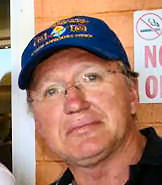
%20a.jpg)
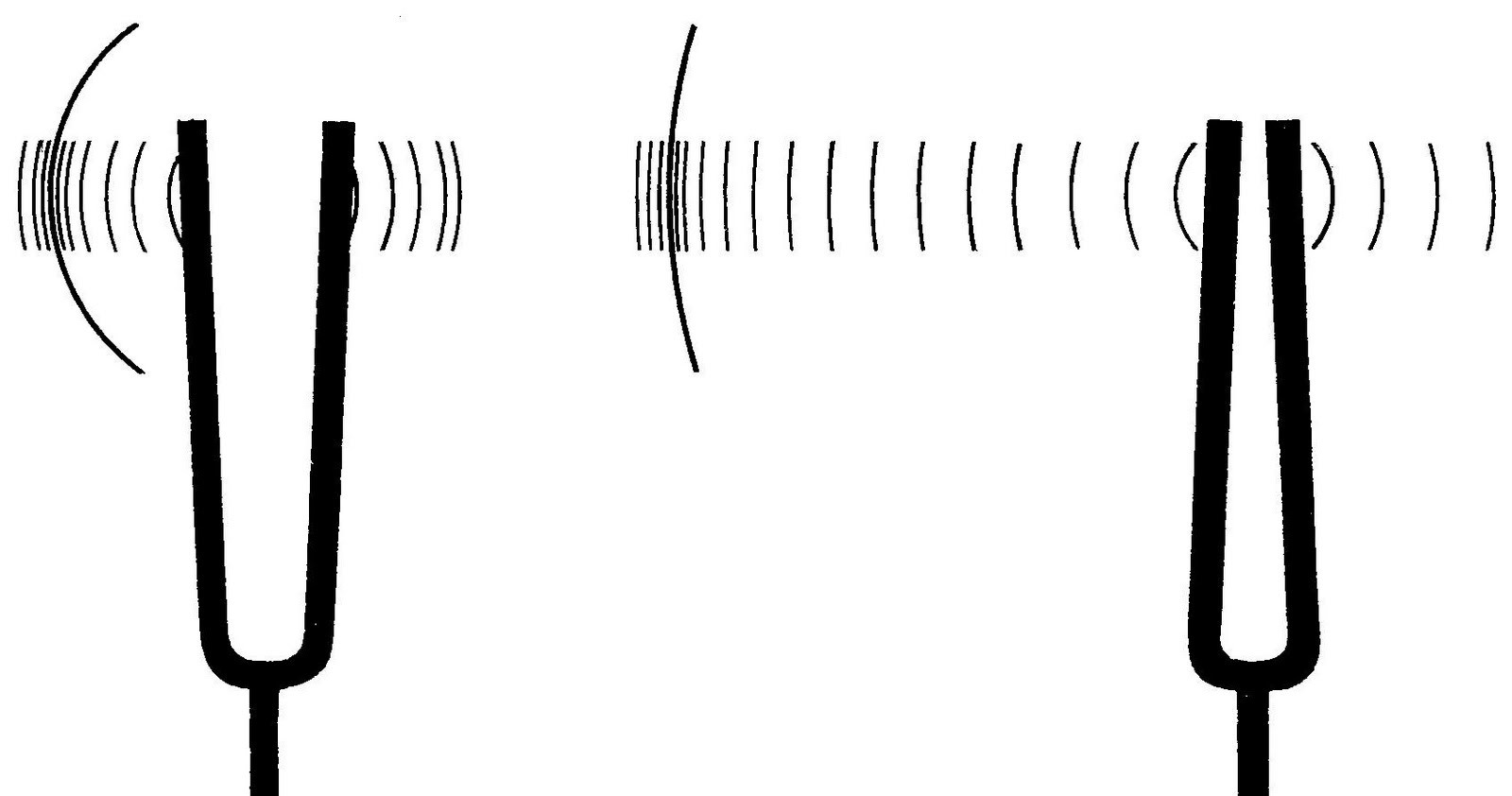 amplitude at a specific preferential frequency. Frequencies at which the
response amplitude is a relative maximum are known as the system's
resonant frequencies, or resonance frequencies. At resonant frequencies,
small periodic driving forces have the ability to produce large
amplitude oscillations. This is because the system stores vibrational
energy. Understanding resonance usually requires an understanding of
physics.
amplitude at a specific preferential frequency. Frequencies at which the
response amplitude is a relative maximum are known as the system's
resonant frequencies, or resonance frequencies. At resonant frequencies,
small periodic driving forces have the ability to produce large
amplitude oscillations. This is because the system stores vibrational
energy. Understanding resonance usually requires an understanding of
physics.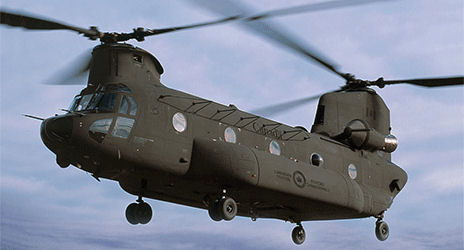
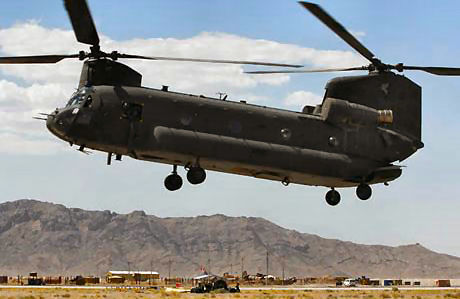
 usually sent via email a Microsoft Word document purporting to be an
invoice that requires a macro or a small application that does some
function. When the recipient opens an attachment, for instance
containing a fake invoice, Locky encrypts all files on the affected
computer. At the same time the malware also spreads via the network
within the company, to active devices in USB drives or cloud storage
with remarkable speed. After the computer has become infected, the user
is then asked to pay a ransom for the decryption of the data. A
blackmail letter appears on the screen with a demand for payment. It’s
virtually impossible to crack this encryption. The German Federal Office
for Information Security (BSI) strongly advises victims against giving
in to demands for ransom. Instead, one should take a photo of the
blackmail letter on the screen and immediately report the incident to
the police.
usually sent via email a Microsoft Word document purporting to be an
invoice that requires a macro or a small application that does some
function. When the recipient opens an attachment, for instance
containing a fake invoice, Locky encrypts all files on the affected
computer. At the same time the malware also spreads via the network
within the company, to active devices in USB drives or cloud storage
with remarkable speed. After the computer has become infected, the user
is then asked to pay a ransom for the decryption of the data. A
blackmail letter appears on the screen with a demand for payment. It’s
virtually impossible to crack this encryption. The German Federal Office
for Information Security (BSI) strongly advises victims against giving
in to demands for ransom. Instead, one should take a photo of the
blackmail letter on the screen and immediately report the incident to
the police.
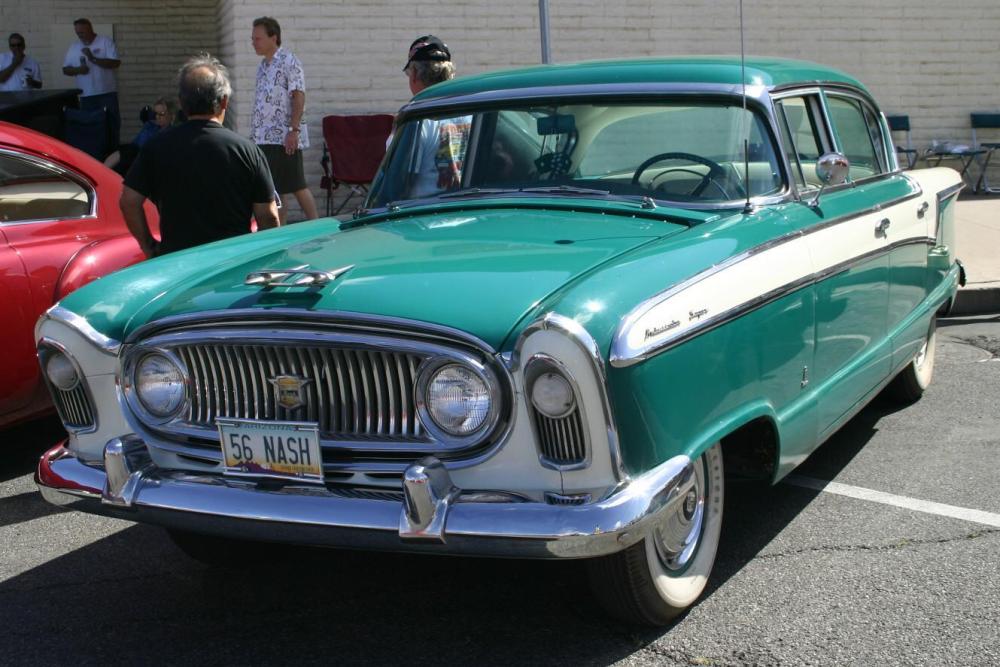
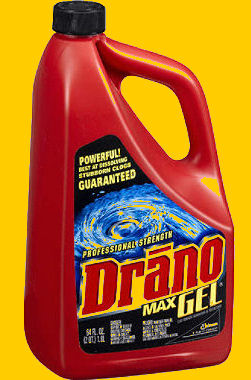 awns, in
letter boxes, in gardens, on driveways etc. just waiting for you to pick
it up intending to put it in the rubbish, but you'll never make it!!! If
the bottle is picked up and the bottle is shaken even just a little - in
about 30 seconds or less it builds up enough gas which then explodes
with enough force to remove some of your extremities.
awns, in
letter boxes, in gardens, on driveways etc. just waiting for you to pick
it up intending to put it in the rubbish, but you'll never make it!!! If
the bottle is picked up and the bottle is shaken even just a little - in
about 30 seconds or less it builds up enough gas which then explodes
with enough force to remove some of your extremities.  The
787 Dreamliner's distinguishing features include mostly electrical
flight systems, swept wingtips, and noise-reducing chevrons on its
engine nacelles. It shares a common type rating with the larger Boeing
777 to allow qualified pilots to operate both models.
The
787 Dreamliner's distinguishing features include mostly electrical
flight systems, swept wingtips, and noise-reducing chevrons on its
engine nacelles. It shares a common type rating with the larger Boeing
777 to allow qualified pilots to operate both models.